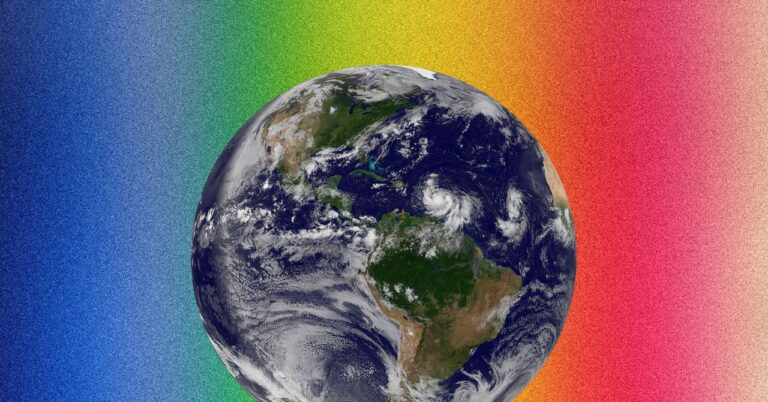
[ad_1]
8. Arctic sea ice is rapidly diminishing
Temperatures in the Arctic are rising faster than almost anywhere else on the planet. Between 2011 and 2020, annual Arctic sea ice reached its lowest level since at least 1850, and late summer Arctic sea ice was smaller than at any time in at least the past 1,000 years. As of 2022, Arctic sea ice cover is decreasing at a rate of 12.6 percent per decade, compared to its average extent during the period from 1981 to 2010.
Under all the future emissions scenarios in the latest IPCC report, the minimum amount of Arctic sea ice will fall below 1 million square kilometers at least once before 2050—making the area practically free of sea ice altogether.
9. The world is getting hungrier and thirstier
For the first time in decades, world hunger is increasing—and climate change is a big driver of this. Extreme weather events from droughts to heat waves affect crop yields and their nutritional value, and some crops will become unviable in certain areas. Under heat stress, animals will become less productive and more liable to pests and disease, which might become more frequent and spread.
Across Africa, where many countries struggle with food insecurity, agricultural productivity has decreased 34 percent because of climate change. By 2050, the risk of hunger and malnutrition could rise by 20 percent worldwide because of the effects of climate change.
Crops, animals, ecosystems, and humans also depend on water—and already the UN estimates that roughly half the world’s population experiences water scarcity for part of the year. Over the past 20 years, climate change has intensified this shortage by lowering the water stored on land.
Water quality is also worsened by climate change, which accelerates urban migration, making water sources more polluted. It also causes flooding, droughts, and higher water temperatures, which can increase the amounts of sediments, pathogens, and pesticides in water.
10. Average wildlife populations have dropped by 60 percent in just over 40 years
The average size of vertebrate populations (mammals, fish, birds, amphibians, and reptiles) declined by 69 percent between 1970 and 2018, according to the biennial Living Planet Report published by the Zoological Society of London and the WWF. That doesn’t mean total animal populations have declined by 69 percent, however, as the report compares the relative decline of different animal populations. Imagine a population of 10 rhinos where nine of them died—a 90 percent population drop. Add that to a population of 1,000 sparrows where 100 of them died—a 10 percent decrease. The average population decrease across these two groups would be 50 percent even though the loss of individuals would be just 10.08 percent. And between 1 and 2.5 percent of animal species have already gone extinct.
Whatever way you stack the numbers, climate change is a factor. An international panel of scientists backed by the UN argues that climate change is playing an increasing role in driving species to extinction. It is thought to be the third biggest driver of biodiversity loss after changes in land and sea use and overexploitation of resources. Even under a 2 degrees Celsius warming scenario, 5 percent of animal and plant species will be at risk of extinction. Coral reefs are particularly vulnerable to extreme warming events; their cover could be reduced to just 1 percent of current levels at 2 degrees Celsius of warming.
[ad_2]